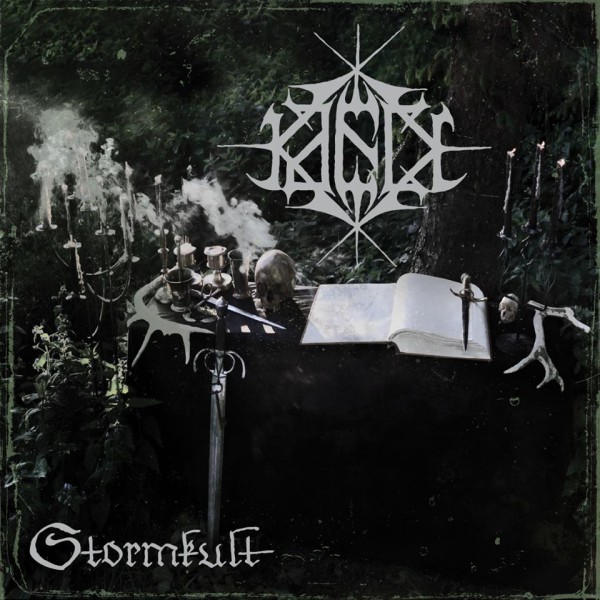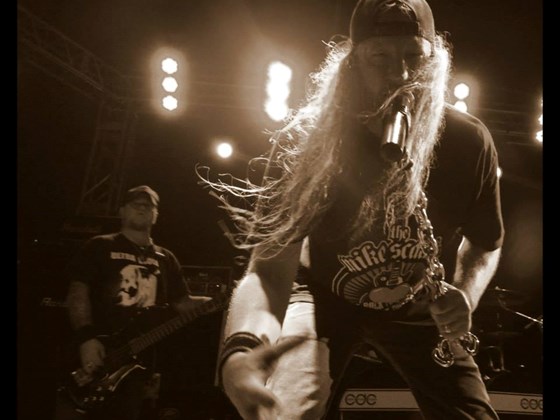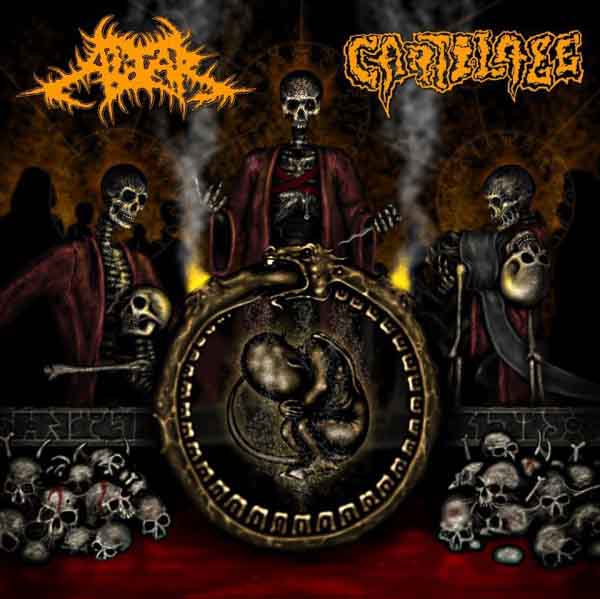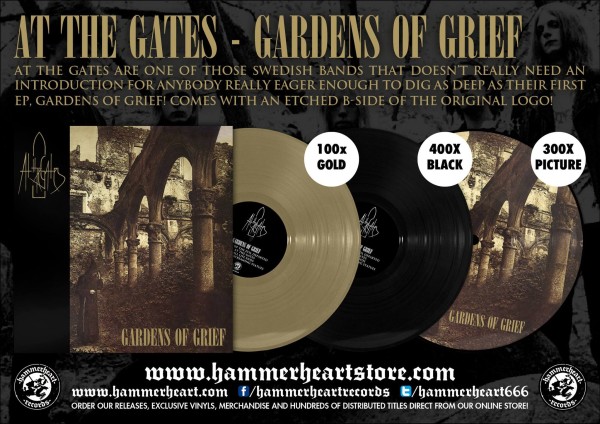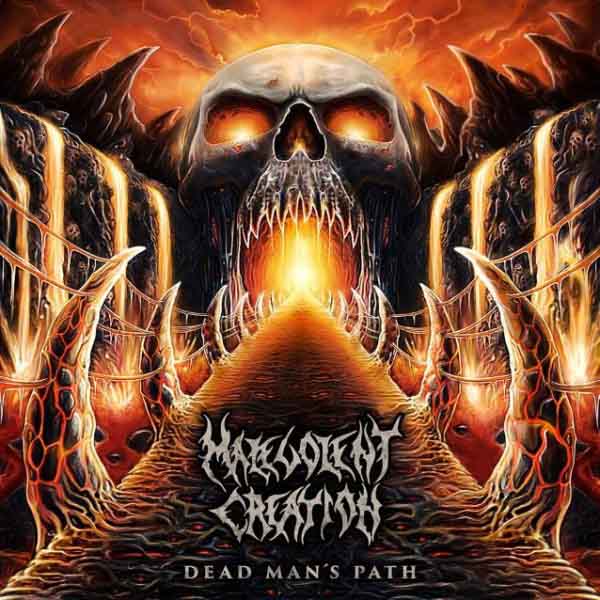
To succeed in modern society, it is best to style oneself as a victim. We live in a time of victimhood politics where the person who successfully portrays themselves as being harmed finds that society steps aside to let them ahead, handing out freebies in the process.
Rape victims — whether a rape occurred or not — become overnight celebrities. Politicians gain stature for having been opposed, not for having been right. Every celebrity and actor has a story of how life harmed them early on. In a society of equals, the only way to be more equal is to be perceived as having been made less equal, thus a recompense — and rise in moral stature to “hero” — is deserved.
For most of their careers, SJWs have stayed behind the cloak of victimhood. In their view, someone out there is harming them, despite living in the nation with the best quality of life on earth, having government incentives for their hiring and renting, and being generally privileged college students working in easy media careers. They portray their crusade as correcting injustices.
But, as any cynic or observer of human behavior knows, those who perceive themselves as victims are usually simply manipulating others. Grackles — small brownish-black birds known for raiding dumpsters — will fake an injured wing to cajole extra treats from people eating at open-air cafes. This behavior is older than humanity itself. The difference with humans is that once given power, SJWs become insatiable attackers demanding that everyone else be cleared from their way. Their agenda is revenge against anyone having a better life than they are, which — since SJWs are the cause of their own underlying misery — is anyone who is not miserable.
We can see this pathology in a recent article by Laina Dawes (who unfriended me on Facebook for having a different opinion than she did) about “Heavy Metal Feminism”. Here’s the pitch:
Despite the global appeal and presence of heavy metal culture, widespread online distribution, and increasing awareness among a diverse audience, there remains great resistance to discuss ongoing sexism, racism, and other issues that can potentially dissuade fans from actively participating in the subculture. “I don’t know why it is so hard for people to understand that not everyone is just like them,” Phillips told me. And Phillips isn’t alone; other artists and journalists are questioning the pervasiveness of discriminatory practices and beliefs within a musical culture that, ironically, not only boasts of its “inclusive community” (in which membership is predicated on fandom and not gender, ethnicity, or sexual orientation), but also, because of its underground status, places an emphasis on fan participation and economic support in order to create and distribute music that will never, and doesn’t want to, receive true mainstream commercial attention.
At this point, the true message emerges: agree with us or you are bad and must be destroyed.
Never mind that what is popular is almost always wrong and corrected by the next generation, or that heavy metal might have its own way of dealing with this issues.
Despite all the citation of academic articles here, Dawes’ approach is fundamentally unscientific: cite lack of tons of female heavy metal bands as “proof,” then claim that only that will rectify the “problem,” and demand that everyone else drop everything they are doing in order to get ahead.
And throughout it all, no one answers the real question: what have these female-fronted bands done to make themselves important to metal?
After all, Lita Ford, Jo Bench, Lori Bravo, Mythic/Derketa and others have had no trouble being metalheads who also happen to be women.
But that shows us the real agenda that Dawes is pushing: she does not want women in metal, she wants propagandists. She wants women who agree with her to be shoved to the front of the line so they can drown out that bad old white male music.
Never mind that metal has never been exclusively white nor male. Never mind the legions of women who have been in bands, worked as journalists (including the underground zines that mainstream media refuses to mention), run labels or otherwise contributed vital things to metal.
They claim they are anti-fascist, these SJWs, but while they are not fascist they are authoritarians. Their goal is to replace metal with propaganda rock with the “right” opinions to cure a “problem” that is not a problem. And if you need any more reason than that to kick them to the curb, you have not been paying attention.
28 CommentsTags: derkéta, feminism, gamergate, Heavy Metal, jo bench, laina dawes, lita ford, lori bravo, metalgate, mythic, propaganda, sjws




